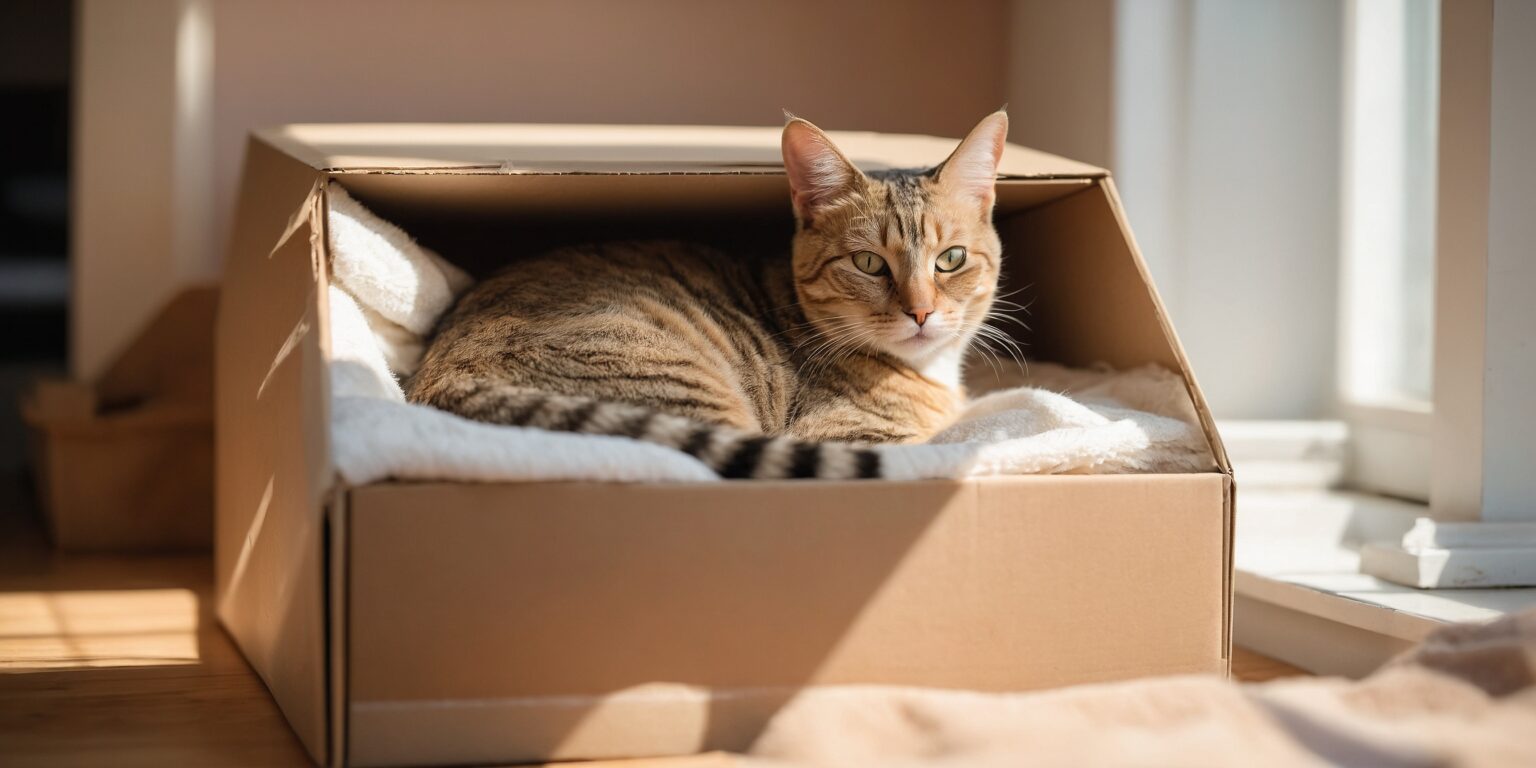Your little queen is expecting? Breathe. With a cozy nest, the right food, and a pinch of know‑how, you’ll guide her from first flutters to tiny pawprints with confidence.
- Understanding the basics of cat gestation
- Caring for a pregnant cat
- Nutrition and gentle weight monitoring
- Vet care and living safely at home
- Preparing the kittening nest
- The birthing and post‑partum process
- FAQ
Understanding the basics of cat gestation
Cycle, mating and how long it lasts
Most cats cycle seasonally, and indoor queens can come into heat year‑round. Once mated, gestation usually lasts 63–69 days—about nine weeks.
Cats are induced ovulators, which means ovulation happens during mating. That’s why even a brief encounter can result in kittens.
Early signs of pregnancy
- Rosy, enlarged nipples (“pinking up”) from around day 15–21.
- Mild morning sickness, increased appetite, and extra cuddles.
- Steady weight gain and a softly rounding tummy by week four.
Only your vet can confirm pregnancy with palpation, ultrasound (from ~day 20–30), or later X‑rays if needed.
What happens week by week
- Weeks 1–3: Embryos travel and implant. You may notice calmer behavior.
- Weeks 4–5: Belly rounds, appetite climbs, nipples pink up more.
- Weeks 6–7: You may feel gentle movements; mom rests more.
- Weeks 8–9: Nesting behavior starts, appetite can dip just before birth.
Surprising fact: A single litter can have multiple fathers. It’s called superfecundation—nature loves a plot twist.
Not planning future litters? It’s smart to learn about healthy spacing between litters to protect your queen’s health.
Caring for a pregnant cat
Nutrition and gentle weight monitoring
From confirmation, transition her to high‑quality kitten food for extra protein and energy. Offer small, frequent meals and fresh water at all times.
Pro tip: Weigh your queen weekly on a kitchen scale (basket on top). Expect a gradual gain—often 10–20% by term. Log it to spot any sudden changes.
Common mistake to avoid: Don’t add calcium supplements during pregnancy without veterinary advice. Over‑supplementing can increase the risk of postpartum eclampsia.
Vet care and living safely at home
Schedule a prenatal checkup and one closer to due date. Ultrasound around day 25–30 can estimate litter size, while X‑rays are clearest after day 45.
- Keep parasite control up to date using vet‑approved products safe for pregnancy.
- Vaccinations are best handled before breeding; avoid unnecessary meds and chemicals now.
- Provide calm, predictable routines—quiet corners, sun puddles, zero stress.
Parasites can harm mom and kittens. Here’s how to protect your cat from worms safely and effectively.
Preparing the kittening nest
Offer a roomy, low‑sided box lined with soft towels or puppy pads. Place it in a warm, draft‑free, dim spot she already loves.
- Keep a heating pad on low under half the box so kittens can wriggle to their preferred temperature.
- Stock a “just‑in‑case” basket: clean towels, disposable pads, a kitten‑safe thermometer, a small notebook to log births and weights, and your vet’s number.
- Show her the nest a week or two before due date so she can claim it.
Already have resident cats? Learn how to gently introduce a new kitten to your cat when the time comes.
The birthing and post‑partum process
Recognizing the signs of impending labor
She may pace, nest, and groom intensely. Many queens lose interest in food hours before contractions start.
- Clear discharge can appear as the cervix opens.
- Contractions look like rippling belly waves and focused pushing.
- Between kittens, mom rests—this can take minutes to over an hour.
Call your vet urgently if she strains hard for 20–30 minutes without a kitten, if more than two hours pass between kittens, or if you see greenish discharge before the first kitten.
Right after delivery: what to do (and not do)
Let mom lead—she’ll tear the sac, clean kittens, and sever cords. Keep the room warm and quiet, and avoid crowding or bright lights.
- Ensure kittens latch within the first hour; colostrum is liquid gold.
- Count placentas (there should be one per kitten, though they’re often eaten).
- Offer fresh water and a small meal; she’s earned it.
- Arrange a postpartum check within 24–48 hours.
Going outside soon after birth? Brush up on safe tick protection for cats—tiny parasites, big problems.
Good to know
- Queens can return to heat while nursing, sometimes within weeks. Keep toms away unless another pregnancy is planned.
- Healthy kittens typically gain 10–15 g per day and often double birth weight by about day 10–14.
- Switch to kitten food for nursing moms, then taper back to adult food once kittens wean.
Quick checklist for a smooth kittening
- Quiet nest ready a week in advance
- Kitten food stocked and water bowls refreshed
- Vet on speed‑dial and transport carrier handy
- Heating pad set to low and only under half the box
FAQ
How long is cat gestation?
About 63–69 days, roughly nine weeks. Your vet can estimate due date more precisely with ultrasound and later X‑rays.
How can I tell if my cat is pregnant at home?
Look for pinking nipples, a calmer demeanor, gentle weight gain, and later a rounded belly. Only a vet can confirm for sure.
What should I put in a kittening box?
Low‑sided box, soft towels or pads, a gentle heat source on low under half the box, dim lighting, water and food nearby, and privacy.
When should I call the vet during labor?
Strong pushing for 20–30 minutes with no kitten, more than two hours between kittens, green discharge before the first kitten, or if mom seems unwell.







